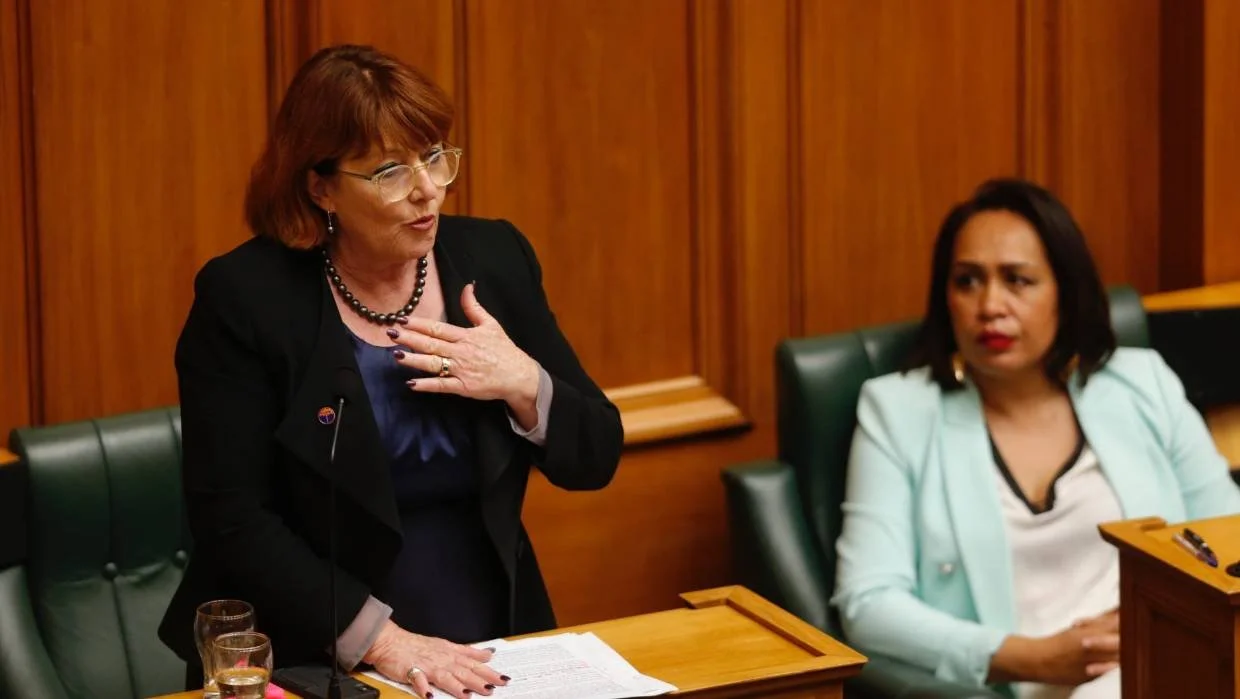The bill that banked on fear, emotion and ignorance, not sense or science. Learn how it broke records and bent rules to become law.
Parliamentary process
The End of Life Choice Bill was pulled from the ballot box in Parliament in 2017.
The contentious piece of legislation was drafted as a Private Members’ Bill by Act Party leader David Seymour.
After its first reading, it passed with a significant margin of 76 votes to 44; many MPs restricted their support to the first reading, saying future favour would depend on public submissions and amendments made during the select committee process.
The bill landed on the Justice Select Committee’s desk. A historic record was made when more than 39,000 submissions were received from the public. More than 90% opposed the legislation.
Yet politics got the better of the committee and their report sent back to Parliament hardly contained any recommended changes to the bill. The work would have to be done in-house through the debating chambers.
It moved through to second reading with 70 votes to 50 in June 2019, with promises of amendments made by Seymour.
Despite MPs being given ‘conscience vote’ permission, party politics continued with negotiations by the Green MPs and NZ First to modify the eligibility criteria and ensure the law would have to go to a binding referendum to be passed. More than 100 Supplementary Order Papers that were put forward by other MPs to modify the bill to make it safer were struck down, many weren’t even tabled before being voted on.
With 69 votes to 51, it passed the third reading in December 2019 and went to Royal Assent, awaiting the final tick from the NZ voting public in the 2020 Elections.
This manoeuvre was highly controversial among MPs and the public. It meant voters were not only voting on the principle of ‘euthanasia’ but a specific piece of legislation that had already been written and would not be amended.
Unfortunately, polling showed the majority of voters failed to understand this before voting.
And they didn’t even have an understanding of what is already legal within our country around end-of-life care – namely refusing treatment, turning off life support and do-not-resuscitate orders.
Results after the delayed election (due to Covid-19) were in; 65.1% of voters were in favour and 33.7% opposed. The End of Life Choice Act received the majority vote and became law, operational a year later.
The Historic Momentum
The End of Life Choice Act had come off the back of a high-profile court case involving the late Lecretia Seales, and two previous failed attempts to introduce a similar law in 1995 and 2003.
Share this Article!
Help others get in the know! Send to all your contacts below…


